From the penny arcades of the very early 1900s to the nickelodeons on up through the pinball boom of the 1950s, Americans have loved their coin-operated amusements. But nothing that had ever come before would equal the arcade boom of the late 1970s and early 1980s. The reign of the video game had begun, and it was a legitimate pop culture phenomenon. Video game characters broke out into toys, animation, and even hit songs. And The Beatles of this particular invasion were a round yellow ball with an insatiable appetite for dots and his four implacable ghost antagonists. Return with us now to the thrilling days of Pac-Man Fever!
Video games, and indeed, home video games, had already been making inroads into American culture for some time. One early success was Pong, which was released in a cabinet in 1972 and in a home version in 1975. But the real boom began with the arrival of Space Invaders in 1978. Tomohiro Nishikado developed the game for Japan’s Taito Corporation using a combination of hardware that he assembled and the latest microprocessors from America. While programming the game, he realized that the animation moved faster when there were fewer objects on screen, so he incorporated that feature into the gameplay itself, making the “ticking clock” of the advancing aliens one of the game’s defining features. The game was a big hit in Japan, and was licensed to Midway in the States in 1979; thousands of cabinets were sold, and the U.S. boom was underway.
Midway also brought over a game from Taito’s competitor, Namco, called Galaxian; its gameplay was similar to Space Invaders, but with more movement from the attackers. Atari also debuted Asteroids in 1979; not only would it be one of the first games that allowed “Hi Score” players to enter their initials, it would go on to be Atari’s most successful coin-op game of all time. A major surge in available titles took place in 1980, as mall space and other retail locations were converted into arcades. New games included Missile Command, Berzerk, Centipede, Wizard of Wor, Phoenix, Star Castle, and one of the most popular video games ever created, Pac-Man.
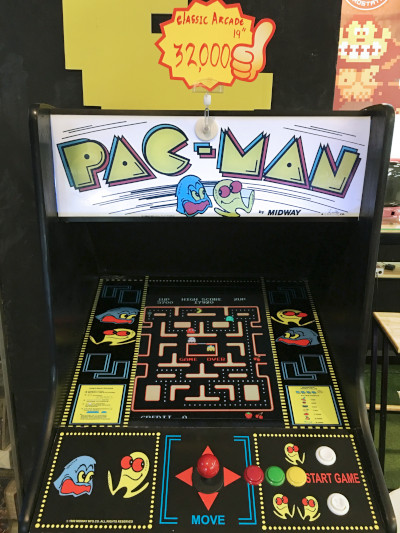
Developed by Namco, Puck Man (as it was called in Japan) was created out of a desire to generate a hit with wider demographic appeal. That company’s lead designer on the project, Toru Iwatani, thought that by de-emphasizing the shooting that was common in other games, they might attract a broader female audience. The design team also decided to add color and brightness to pull in younger potential players, too. Iwatani brought the ghosts over from a previous game concept, Cutie-Q. However strange the disparate elements might have seemed, they worked. The bouncy musical score, the twin elements of chase and strategy, and the general replayability of the game made it an instant hit. However, before the game was released in the States, one significant change was made. Virtually everyone thought that an arcade cabinet with Puck Man on the side was an invitation for vandals to make the first word obscene. After some discussion, the American name was truncated to Pac-Man.
As popular as Space Invaders and other games were, Pac-Man was like a pixelated Beatles. In one year’s time in the U.S., Namco had sold over 100,000 cabinets and pulled it an astounding $1 billion in quarters. That’s over 22,000 metric tons of quarters, or close to the weight of an unloaded aircraft carrier. That $1 billion also surpassed the combined earnings of the all-time moneymaking film, which was, at that time, Star Wars (A New Hope).
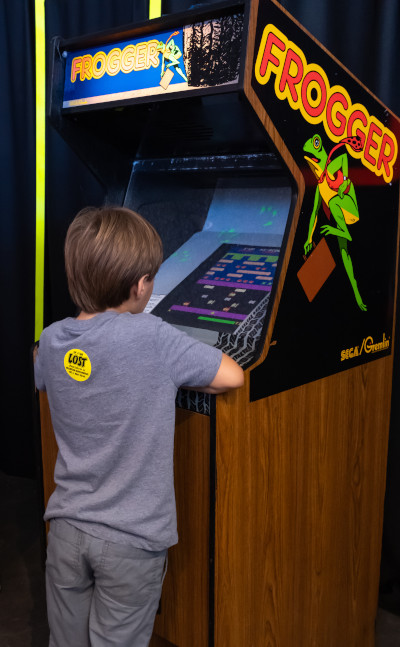
The arcade boom was in full swing, but it would never surpass the heady highs of 1981 and 1982. Pac-Man’s impact was positively seismic. The home version for the Atari 2600 sold almost 8 million units; Coleco sold more than 1.5 million tabletop games. In response to the rabid popularity of the games, a number of animated series went into production to capitalize on the characters. Among those were of course, Pac-Man, which was the first animated series based on a video game; it ran for two seasons in 1982 and 1983 on ABC. In response, CBS added Saturday Supercade, an anthology series that would rotate segments; features included Frogger, Donkey Kong, Donkey Kong, Jr., Q*Bert, Pitfall, Space Ace, and Kangaroo. Stand-alone shows were also created for Pole Position and Dragon’s Lair.
And hey, what’s a pop culture phenomenon without novelty singles? Buckner & Garcia recorded Pac-Man Fever, which hit #9 on the Hot 100 and was certified Gold. The duo subsequently released an album of the same title filled entirely with video game-related tunes; it also went Gold.
Of course, it wasn’t all fun and games. The 1980s were a particularly potent time for social and moral panics, and video games didn’t quite escape that. In “Games That Play People,” an article from the January 18, 1982 issue of Time by John Skow, you’ll be reminded that a number of communities tried to take extraordinary steps to limit video gaming. Some towns tried to prevent businesses from having no more than three machines each by invoking old gambling game laws, while Mesquite, Texas, went so far as to pass an ordinance banning kids under 17 from playing the coin-op games at all (that rule was struck down in court twice).
On the other hand, that same article also covered Steve Juraszek, a teenager who drew national attention for a 16-hour game of Defender that he played on a single quarter. So even while the media discussed the community hand-wringing associated with gaming, it also made it more attractive by giving gifted gamers moments of fame. Video games went from essentially not existing a few years before to being an everyday part of life.
The arcade boom slowed down in the mid-1980s. The television cartoons had disappeared after 1984, and the general media attention bled away to other things. Home console sales had fallen, with the spectacular failure of the E.T. home game seriously damaging Atari (that saga, with its fabled landfill of unsold cartridges, is a tale for another time). General video game interest waned for a few years.

In the late 1980s, there was a surge both in the arcade and at home. The Nintendo NES revived the home market, and an influx of fighting games like Double Dragon buoyed the surviving arcades for some time. Over time, the increased graphic power of home consoles and the wide selection of games made video gaming an increasingly home-based affair. While you’ll still find arcades in the wild today in dedicated locations and themed bars, the pervasive presence that they had in the 1980s is long gone.
Hints and references to the classic arcade era still appear in popular culture. Season 2 of Stranger Things introduced an arcade location (along with Dustin’s struggles with Dragon’s Lair and Max’s mastery of Dig Dug). A Robert Downey, Jr. ad lib in The Avengers about the game Galaga became a meme. But for the most part, the notion of, as Bucker & Garcia might have put it, having a pocketful of quarters and heading to the arcade, is a part of the past.
Featured image: (MaxterDesign / Shutterstock)
Become a Saturday Evening Post member and enjoy unlimited access. Subscribe now
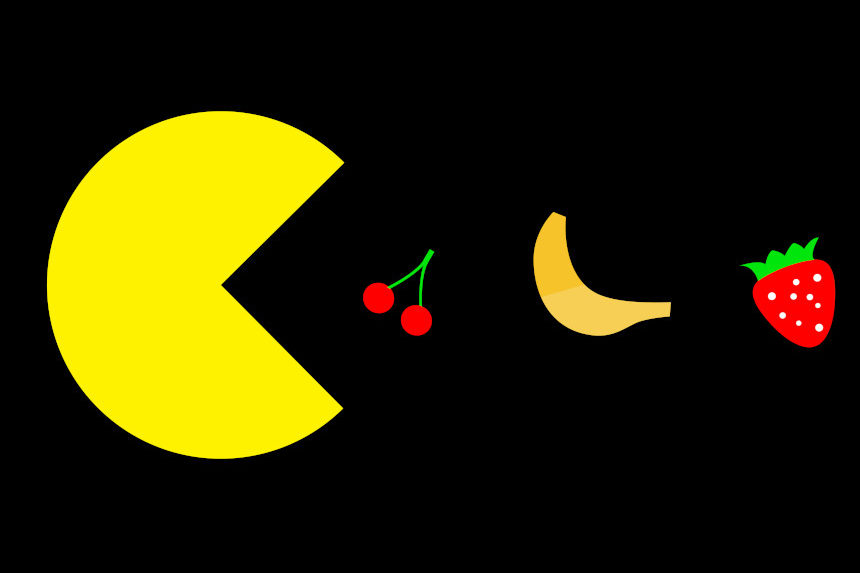
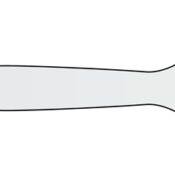
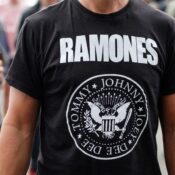

Comments
Gotta admit I LOVED Pac-Man in ’81 and ’82, and Ms. Pac-Man equally so. I tried some of the others, but nothing was better than those two. Not only were they fun and challenging but they kept your hand-eye coordination sharp. I’d love to play them again NOW as far as that goes. I got really good at both.
Yes, with the Pac-Mans, when you’ve had the best it’s tough on the rest. I did want to add one thing though. Regular pinball had a HUGE resurgence in the mid-late ’70s where it was as probably as popular again as in the ’50s thanks to ‘Tommy’. There were all kinds of new versions of the fun flipper game of the mechanical age with beautiful artwork including the original ‘Charlie’s Angels’, ‘Dukes of Hazzard’ and naturally The Who/Elton John game from the film.
2022 will be the 50th anniversary of the Fifties craze that dominated all sections of the ’70s. That’s a feature just waiting to be written. A tale of two decades so different and so alike at the same time. The latter doing everything to try and be the former to eradicate the painful one in between. In some ways it succeeded. They were definitely bookends of each other, from Elvis to Lucy, Nixon, Doo Wop and more.